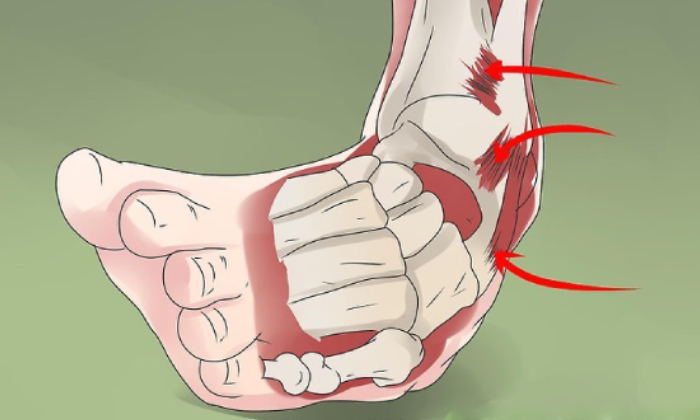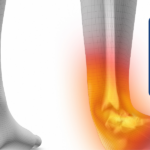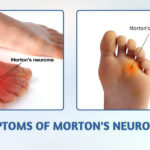
A high ankle sprain is a sprain in the upper ligaments of your ankle, above the ankle itself. These ligaments are attached to the fibula and the tibia, stabilizing the entire area for activities like running and walking.
When you damage or tear those ligaments — often due to rotating or twisting your ankle — you’re experiencing a high ankle sprain. This type of sprain doesn’t occur as often as a sprain in the lower part of the ankle.
High ankle sprains can happen when you have a fractured ankle bone. Sometimes, these can happen when the deltoid ligaments, the ligaments on the inside of your ankle, have been torn. You might feel pain in the deltoid area, in the ligaments of the high ankle, or even in the fibula.
Signs of a high ankle sprain
Along with typical symptoms of an ankle sprain like pain and swelling here are specifics to look out for in the case of a high ankle sprain.
If you’ve experienced a high ankle sprain, you might be able to put weight on your foot and ankle, but you’ll probably have pain above your ankle, between your fibula and tibia.
You’ll likely experience more pain when climbing up or down stairs, or engaging in any activities that cause your ankle bones to flex upward.
A high ankle sprain can also result in a fractured fibula. If you’ve fractured one of the bones in your ankle along with a high ankle sprain, you won’t be able to put weight on that foot.
High ankle sprain causes
It’s common for high ankle sprains to happen when you twist or rotate your ankle. Most of the time, rotating your foot toward the outer side of your leg is what causes a high sprain.
These types of sprains tend to happen during contact or high-impact athletic activities and sports, so athletes are at the highest risk of developing them.
High ankle sprain treatments
High ankle sprains tend to take longer to heal than the more common strains. Here are steps you can take during the healing process.
- Ice. First, your doctor may advise you to ice your ankle every few hours for about 20 minutes at a time.
- Compression. Wrapping your leg with a light compression bandage and elevating it, in addition to icing, can also help relieve pain and swelling.
- Anti-inflammatory and pain medication. Taking anti-inflammatory over-the-counter medicines like naproxen (Aleve) or ibuprofen (Advil) can help reduce inflammation and pain at the injury site.
- Rest. You’ll need to keep weight off your injured ankle and tape or splint the injured area. Sometimes, high ankle sprains can mean you need to use crutches or wear a boot that allows you to walk on your foot while also properly positioning the ankle and foot for healing.
- Strengthen. Physical therapy is also needed in many cases. Therapy can help make your tendons stronger to help prevent a recurrence of this type of injury.




